Walter Reed Army Medical Center in Washington, D.C., has made great progress in caring for wounded servicemembers. Since the war on terror began five years ago, WRAMC personnel have treated almost 8,000 servicemembers who supported operations Iraqi and Enduring Freedom. About 560 of them were amputees, said Chuck Scoville, WRAMC's chief of amputee services.
The hospitals formed Warrior Transition Brigade ensures that each "warrior in transition," as the Soldiers who are injured downrange or become ill while deployed to Iraq and Afghanistan are called, is taken care of and that each receives an individually tailored care plan, coordinated and tracked by a squad leader, nurse case manager and primary-care manager, said WTB commander Col. Terrence McKenrick.
Other improvements include the completion of a risk assessment for every Soldier, high-quality living quarters, and access to WRAMC's new Warrior Clinic, which provides the Soldier primary care and coordinates his specialty care, and the opening of the Military Advanced Training Center, a state-ofthe-art rehabilitation center.
A backlog of more than 350 medical evaluation board cases has been reduced to zero, and a pilot Defense Department-Department of Veterans Affairs Disability Evaluation System database has information on more than 100 Soldiers.
The goal of this joint effort is to develop an evaluation system that will provide seamless processing for wounded servicemembers, to allow them to receive the disability ratings their injuries warrant, said Col. Patricia Horoho, WRAMC's health-care system commander.
<b>The First Warrior Transition Unit</b>
WRAMC activated its Warrior Transition Brigade, the Army's first warrior-transition unit, last April. The brigade oversees the overall health, welfare and morale of warriors in transition.
WTB leaders, many of them combat veterans, ensure transitions take place "with dignity and are focused on the individual's needs, potential and aspirations, and reflect the pride and gratitude of Americans who honor their service to the nation," McKenrick said. "Our wounded warriors also have a mission - to heal."
The WRAMC WTB's three companies accommodate some 700 Soldiers. A squad leader, nurse case manager and primary- care physician work together to ensure their patients are accounted for and receive the treatment they need to either return to active duty or to start new chapters in their lives.
<b>The Military Advanced Training Center </b>
The MATC, which opened in September, offers Soldiers cutting-edge rehabilitation equipment and advanced therapy, officials said.
With sophisticated computers and video-monitoring systems and the latest prostheses, MATC provides enhanced care to amputees and Soldiers who have lost limb function.
The 31,000-square-foot facility houses physicians, nurse case managers, therapists, psychologists, social workers, benefits counselors and representatives of the Department of Veterans Affairs.
In the MATC's Center for Performance and Clinical Research, known as the gait lab, researchers are measuring far more than a runner's gait, Scoville said. Data collected by engineers will play a significant role in assuring prostheses fit properly.
Another MATC innovation is the Computer-Assisted Rehab Environment designed to build a virtual environment around a patient performing tasks on a treadmill bolted to a helicopter simulator. The CAREN uses a video-capture system similar to the traditional gait lab, but with an interactive platform that responds to the patient's every move.
"There are only three CAREN systems like this one in the world," Scoville said. "Its platform is so sensitive you can stand a pencil on its end, and the platform will keep it vertical."
The $10 million center augments the capabilities of other WRAMC facilities and supports the Army's goal to return to duty multi-skilled leaders who personify the Warrior Ethos.
<b>Warrior Clinic Teamwork</b>
Capt. Aniceto Navarro, physician primary care manager for WTB's Battery C, is responsible for overseeing every aspect of his patients' care.
"When patients are discharged from the medical center I oversee pain management, medication management - whatever they need, while making referrals and consultations with other physicians," he said.
First Lt. Laurie Voss, nurse case manager for Btry. C, maintains an open-door policy, so Soldiers can see her whenever they need to.
"Some come a lot, just to talk," she said. "We go over their med lists, pain control, upcoming appointments, living quarters. I ask about their families. I want to know about everything, so I can decide if something is important."
Squad leaders and platoon sergeants like Sgt. 1st Class Eliseo Torres, also of Btry. C, ensure that wounded Soldiers and their families get the leadership and support they need during the recovery process. They ensure appropriate officials help Soldiers fill out requests for benefits and other paperwork, pick up family members from airports, and ensure the Soldiers' living quarters are comfortable.
Sgt. Michael Minard, a 26-year-old double leg amputee, is a patient of Navarro and Voss. A member of Torres' platoon, he said the care he's received at the WTB has been "amazing."
He was told about his VA benefits and received help in filling out paperwork. Additionally, personnel at the WTB provide "great family support," Minard said. "I didn't have any issues whatsoever."
The Warrior Hotline and Ombudsman Programs offer information and help Soldiers and their families resolve problems, when going through regular channels doesn't produce results.
Wounded Soldiers face monumental challenges and need the support and strength of their families. At the same time, families also need help coping when a Soldier has been wounded.
WRAMC's Soldier and Family Assistance Center is a "one-stop shop" that provides a variety of coordinated, centralized, medically related administrative support, including personnel, finance and travel to wounded Soldiers and their visiting families, said Stephen Maguire, SFAC director.
Family liaison personnel coordinate needs, while experts from other related organizations - including the Army Wounded Warrior Program, Army Emergency Relief, Casualty Affairs, National Guard and Army Reserve, Servicemen's Group Life Insurance, and the Department of Veterans Affairs - augment services, Maguire said.
<b>Upgrading Facilities </b>
Until March 2007 housing for warriors in transition was limited to Building 18, the Fisher houses and the Mologne House. Now Soldiers live in much-improved accommodations at Abrams Hall and Delano Hall, as well as the Mologne, the Walter Reed Guest House and the Fisher houses.
And WRAMC has made significant improvements to all the facilities, including providing telephone, Internet and cable-TV services, said Steve Brooks, deputy commander of U.S. Army Garrison Walter Reed.
Basic services for wounded Soldiers now include an initial issue clothing replacement service, enhanced shuttle transportation, and meal cards for WRAMC campus-wide use, Brooks added.
The garrison's base operations contractor, IAP Worldwide Services, formed "Do-It-Now" teams that are focused on Soldier and family living quarters to provide a quick response to high- priority service orders. The teams are composed of electricians, plumbers and painters.
<b>Easing the Admin Process </b>
Soldiers returning from war shouldn't have to fight bureaucracy, McKenrick said. Working with the DOD and the VA, WRAMC is hosting an online pilot program for the Army's new medical evaluation board process, MyMEB, for MEB preparation and tracking. The program was implemented in June 2007.
Intended to eliminate the redundant, time-consuming and often confusing elements of the current DOD and VA disability processes, the program will provide a smoother post-separation transition for Soldiers and their families that includes medical treatment, evaluation and delivery of entitlements, said Col. Maria Mayorga, WRAMC's DOD-VA Disability Evaluation System pilot program director.
Previously, no formal training of disability evaluation personnel or formalized standard-operating procedures existed to return a wounded Soldier to duty, or to facilitate his transition to civilian life, Mayorga added.
As WRAMC continues to integrate with the National Naval Medical Center in Bethesda, Md., and a larger medical center is being built at Fort Belvoir, Va., the Army Medical Command and WRAMC leaders are dedicated to providing exceptional health care to combat veterans, other active-duty servicemembers, retirees and their families.
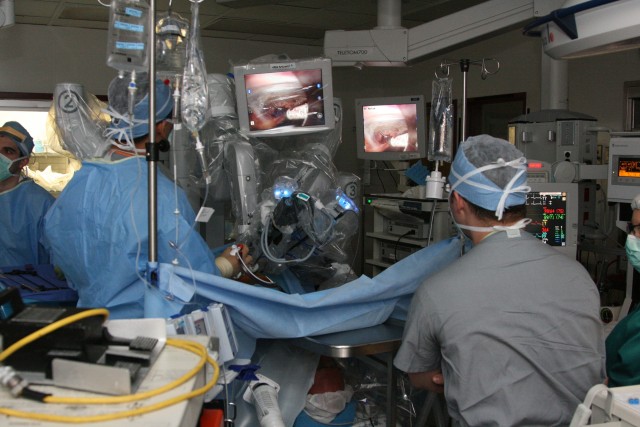
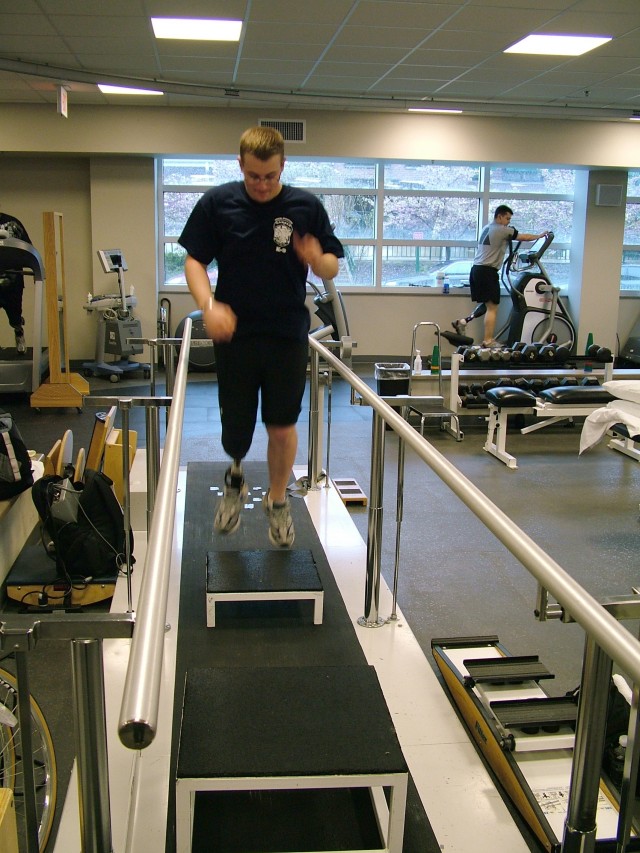

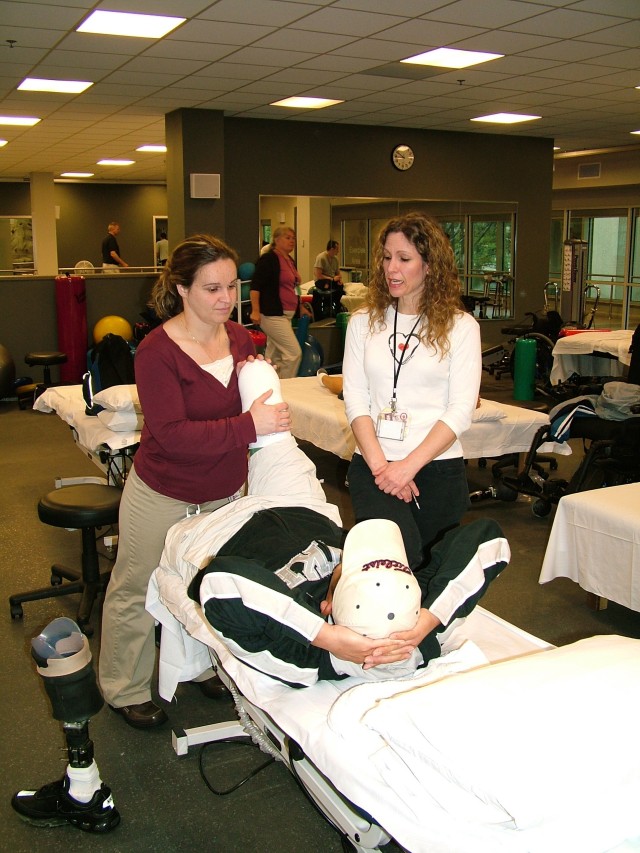
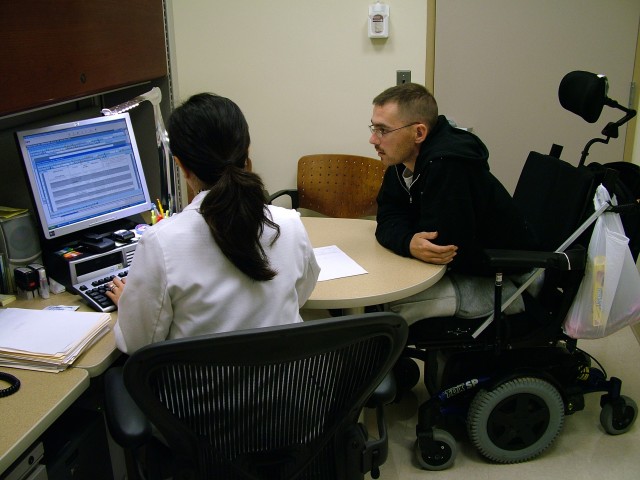
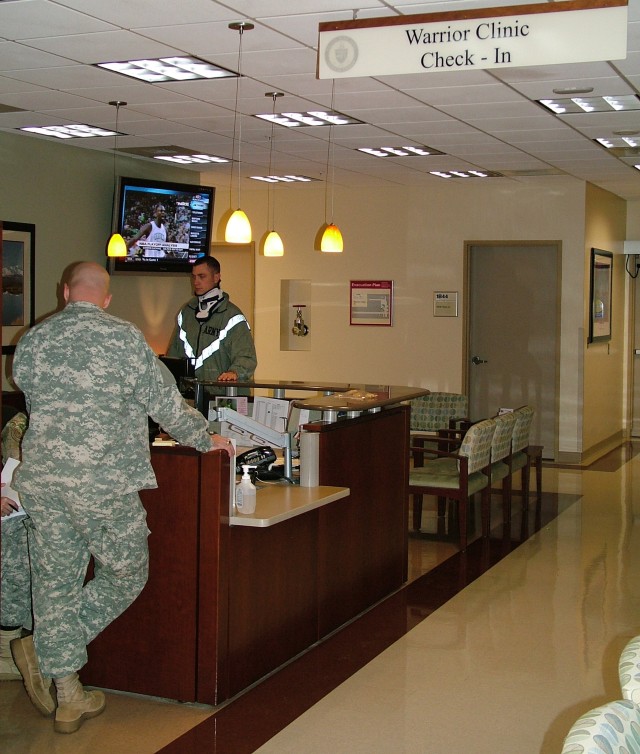
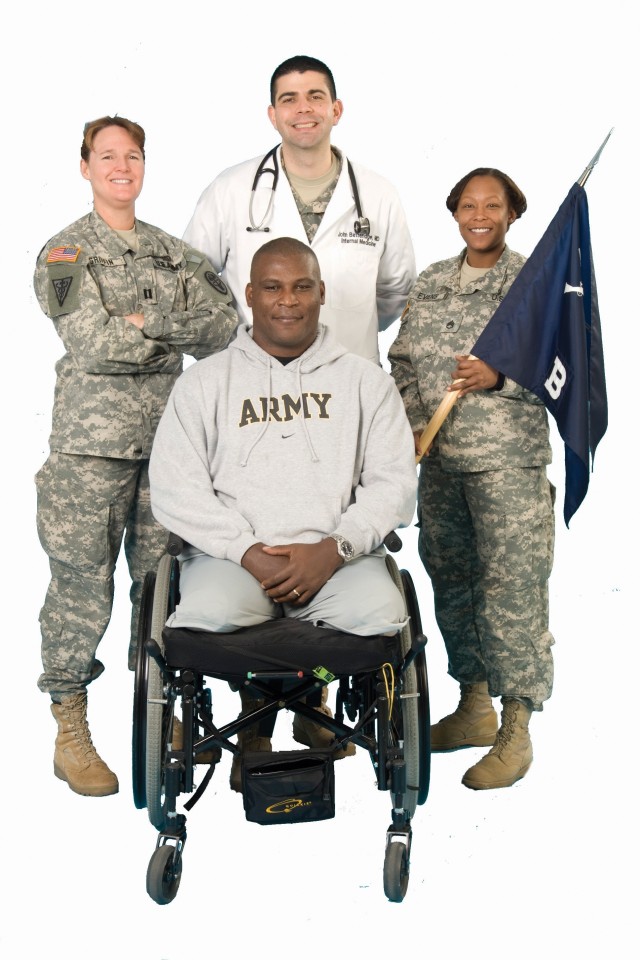
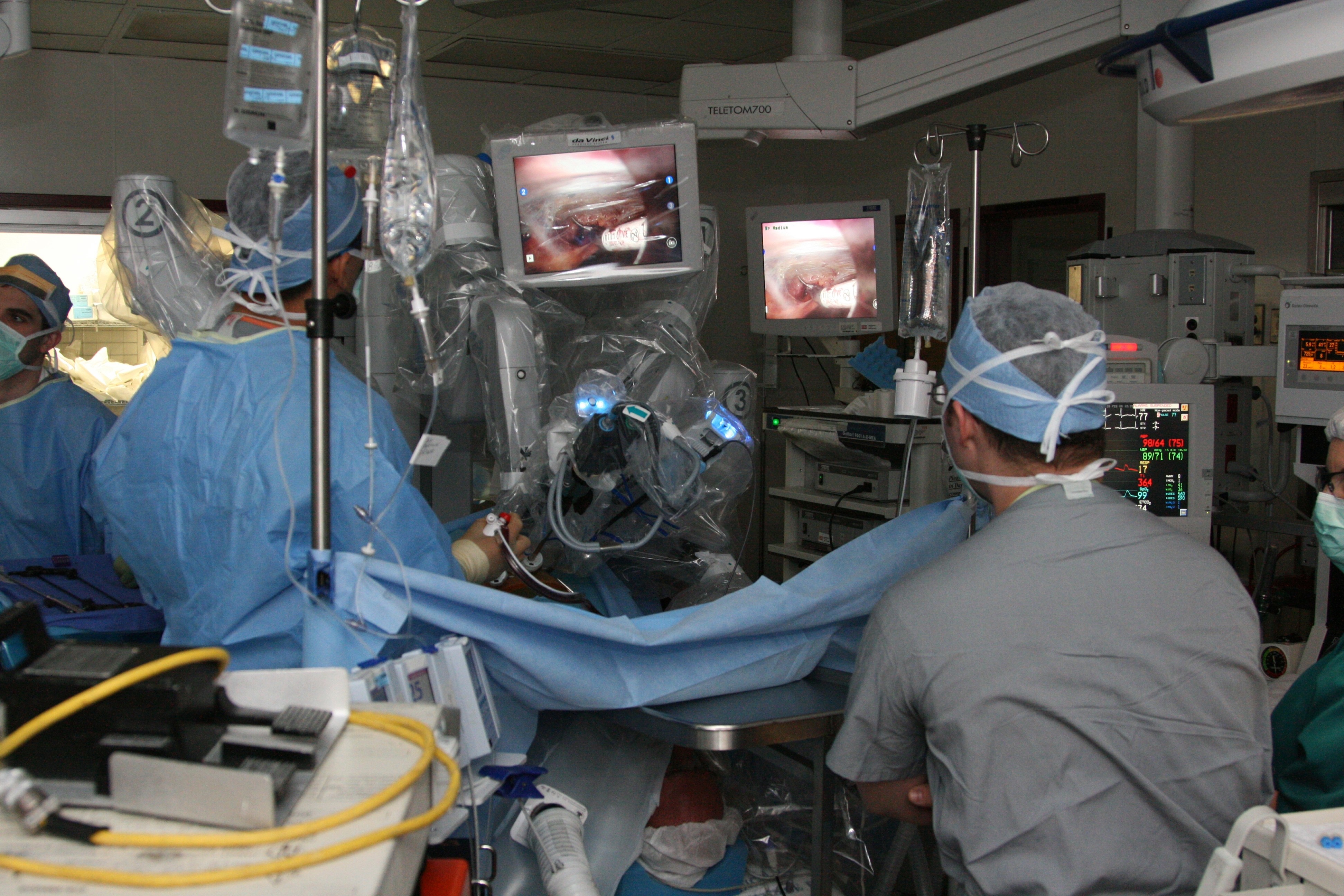
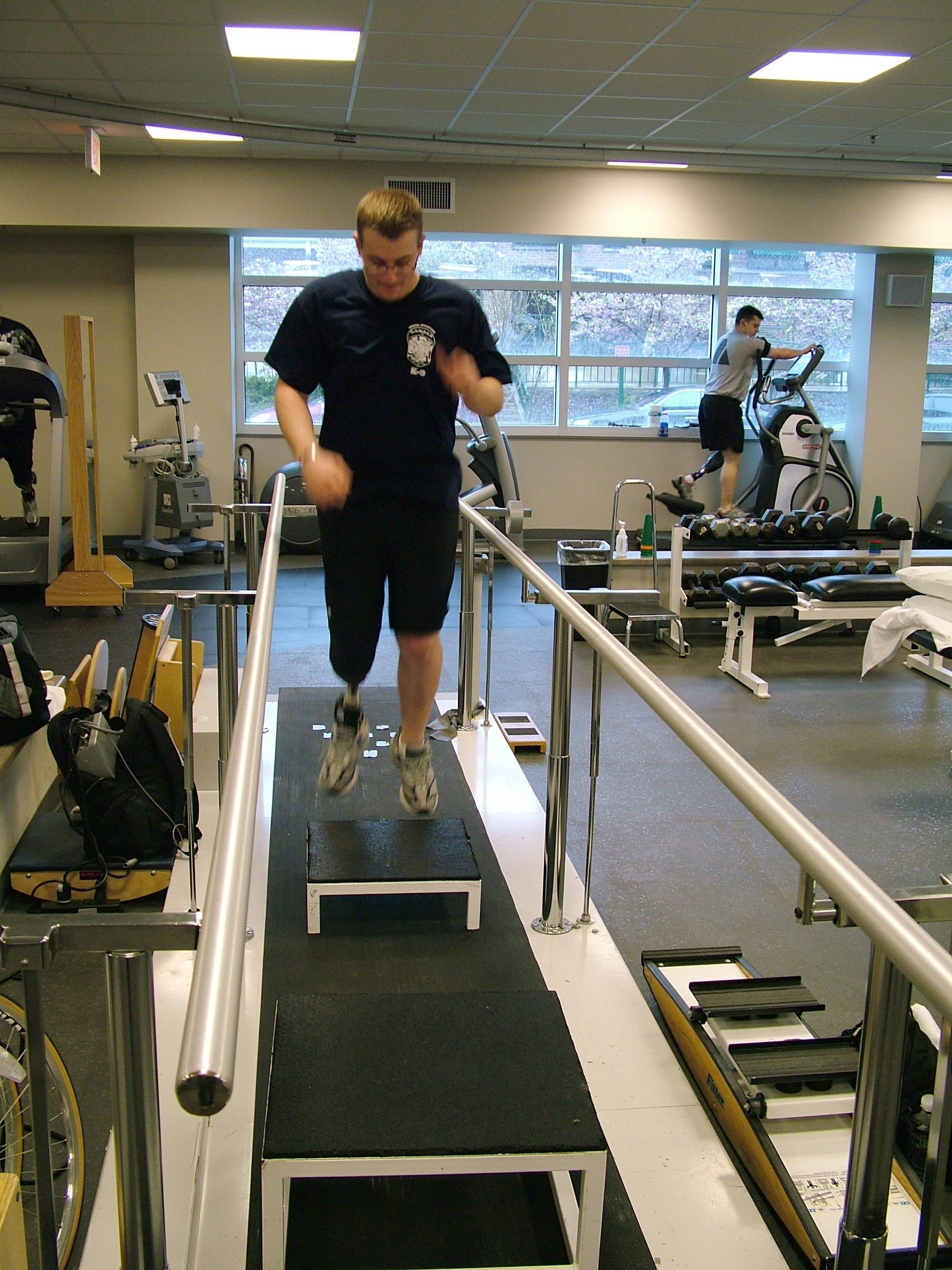
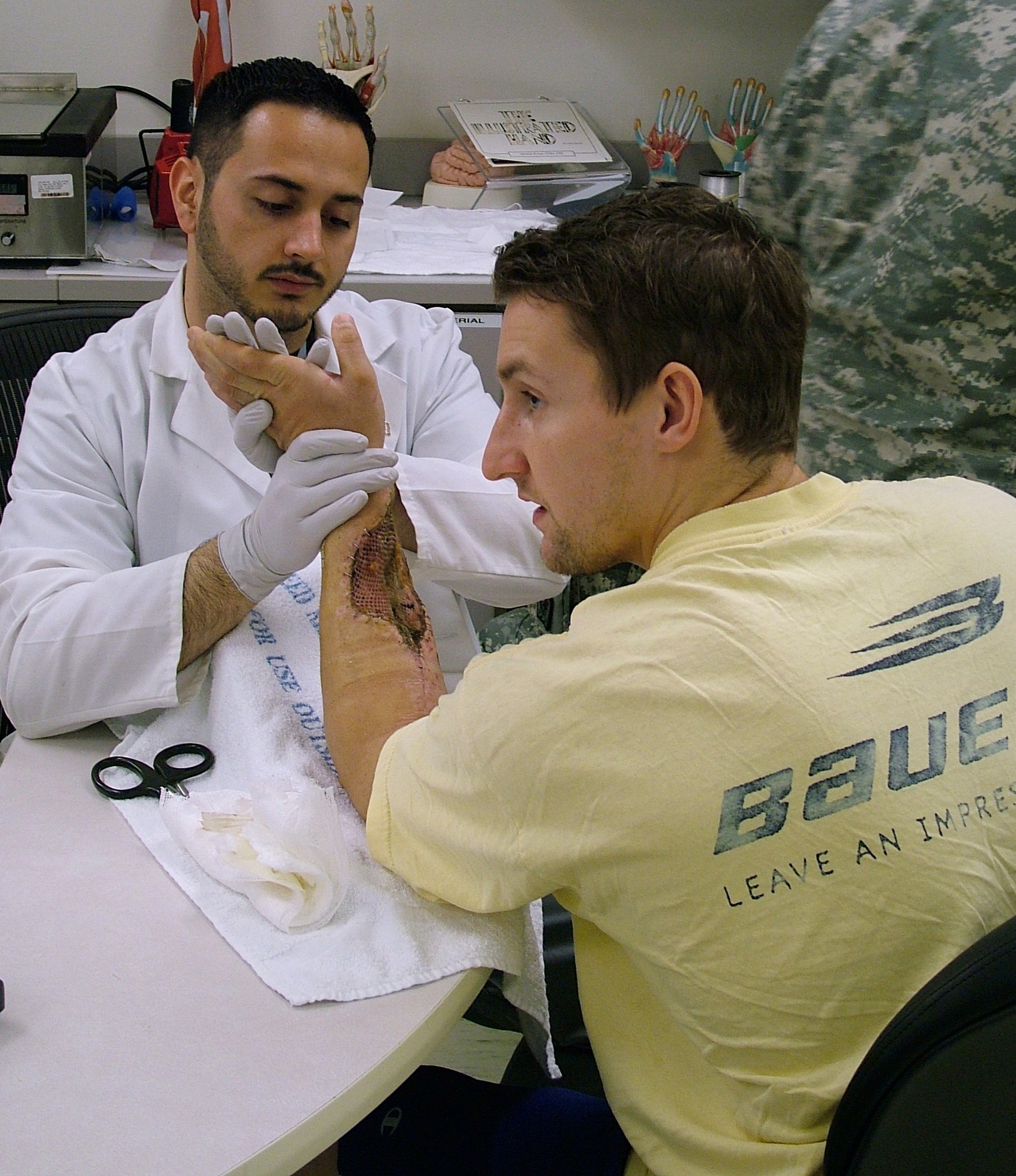
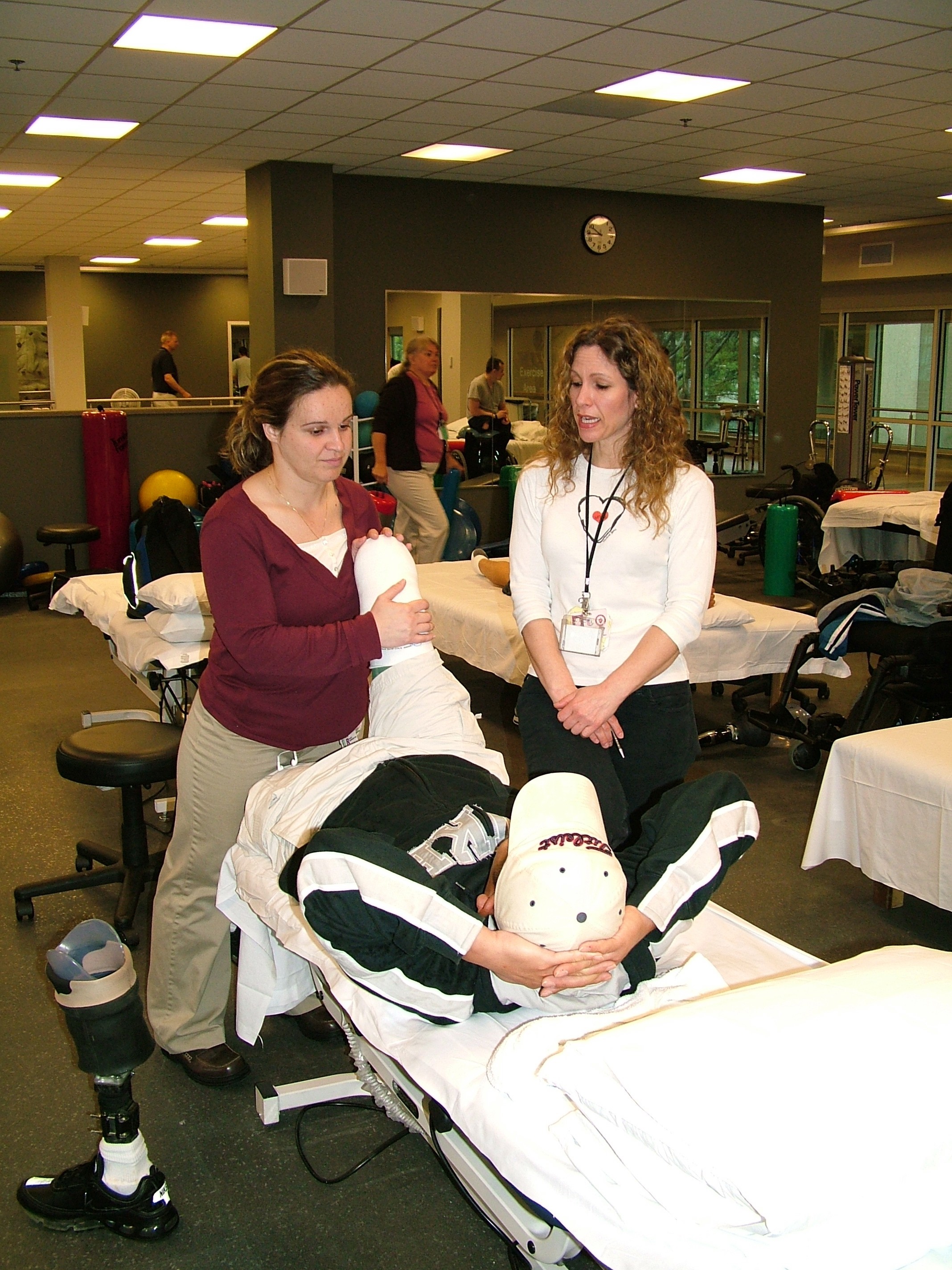
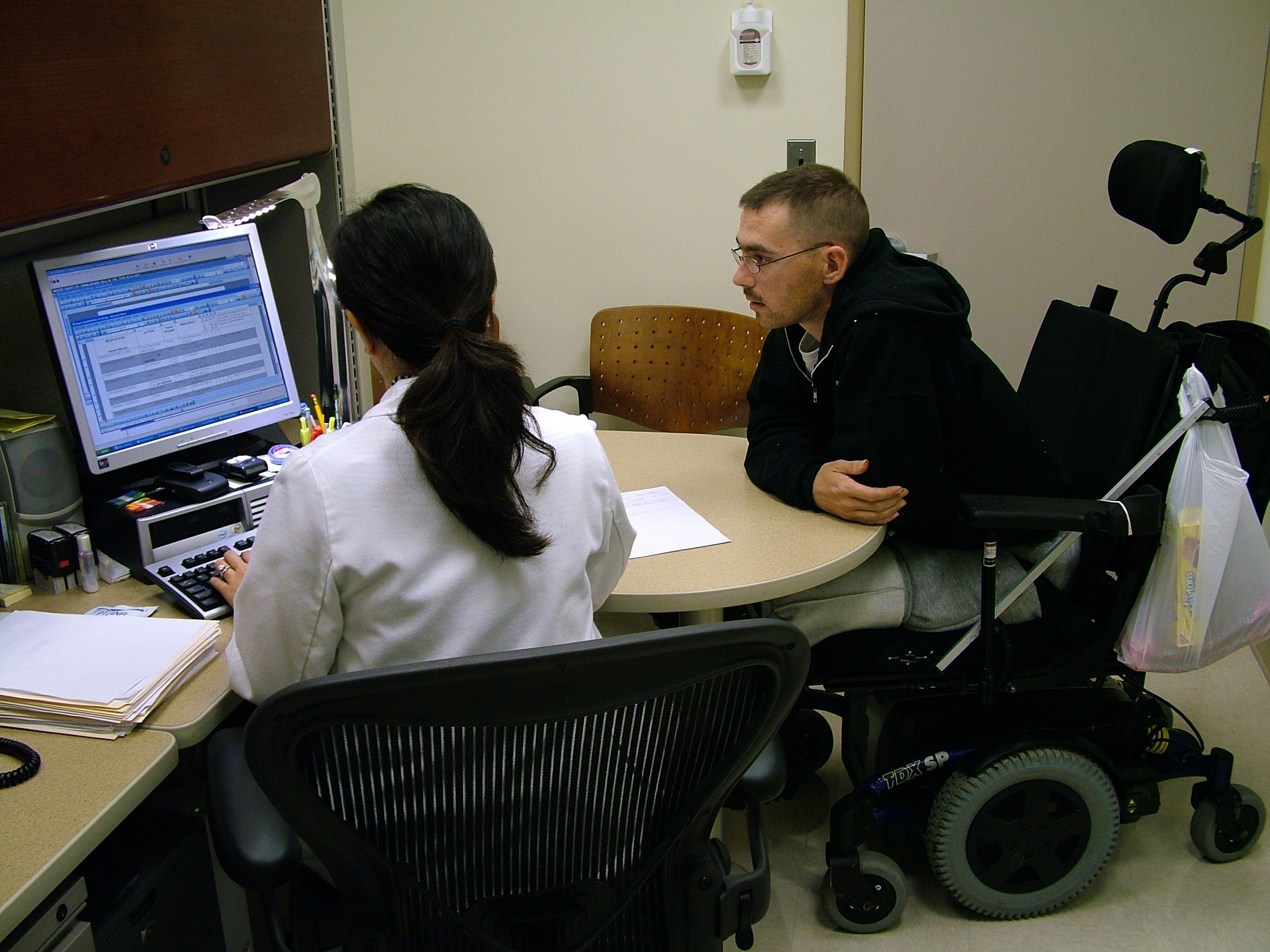
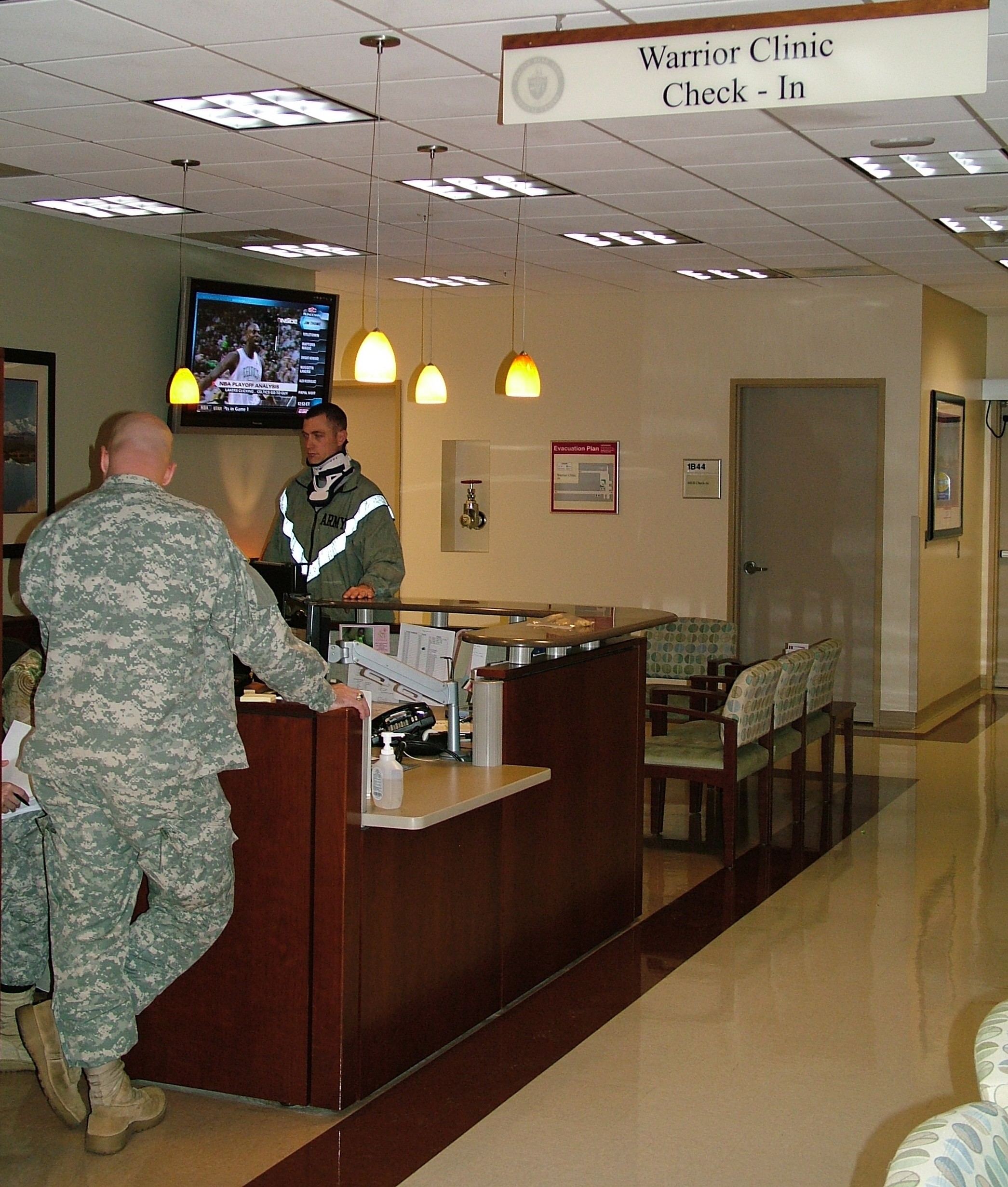
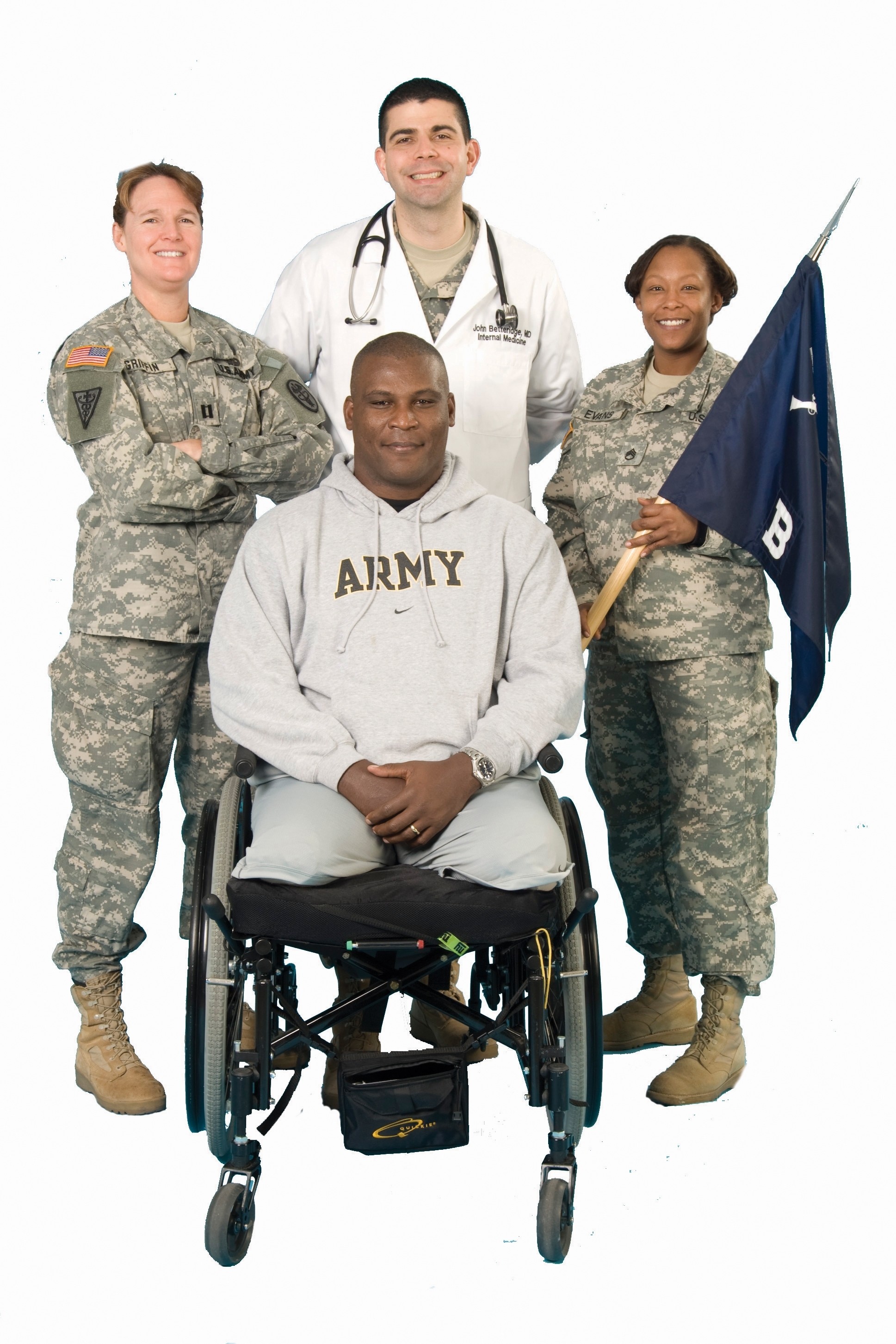
Social Sharing